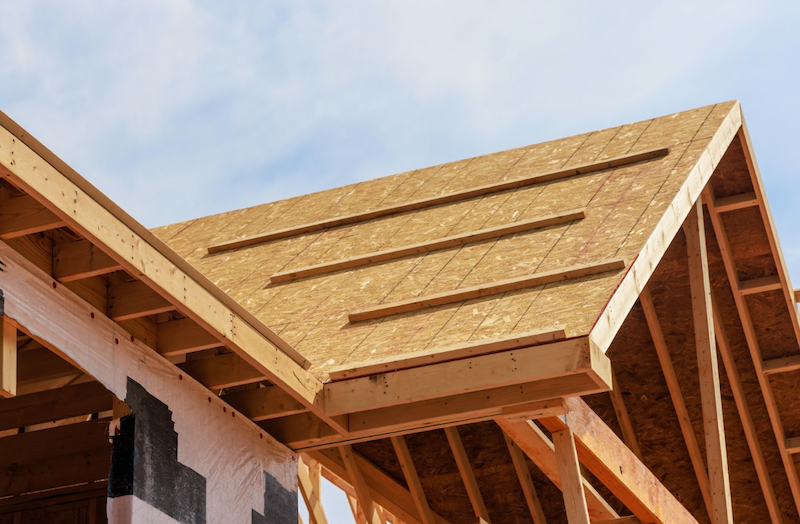Your home’s roof is an investment to make with informed consideration. Always have all the information available before making a decision on one of the most important aspects of your home’s structural health. Choosing the wrong option can shorten the lifespan of your home, and likely lead to costly roof repairs sooner than you want to make them.
There are many roofing material options to select from when you decide to replace your home’s roof. Each option has distinct advantages that can work for you when it comes to longevity, weather resistance, and aesthetics. These options also come with disadvantages that you may or may not find acceptable. Learning about each allows you to make a choice with confidence.
Considerations When Choosing the Roofing Material for Your Home
Before choosing a material for your home’s roof, there are several general considerations to ponder. You’ll want to understand the unique roof needs of your geographic location, as some materials that do well in hot climates may not offer sufficient insulation or weather hardiness for a colder environment. You will also want to know your new roof budget.
Additional considerations include:
- Local Codes – Does your area have municipal or other roof regulations?
- Durability – How will each roofing option hold up against your area’s weather?
- Weight – Will certain roofing materials weigh too much for your house?
- Environmental Impact – What eco-friendly options are available, and do they meet your own personal environmental standards?
- Aesthetics – Do you like the look of the roofing material? Will it complement your home’s appearance and your overall vision? How important is the look of your roof to you?
- Slope – Will the material you’re considering for your roof support the slope?
Common Roofing Materials: Pros and Cons
Three of the most common roofing materials are asphalt, metal, and clay (terracotta). These materials all have advantages that can make them attractive choices for your new roof. Be certain you understand the drawbacks, however, and consult a knowledgeable roofing contractor for advice on which roofing material option will work best for you.
Asphalt Shingles
Asphalt shingles are one of the most common roofing materials. Slabs of a base material covered in asphalt for waterproofing, they are covered in granules for protection and appearance.
Pros of asphalt shingles:
- Wind resistant
- Fire resistant
- Not too heavy
- Relatively inexpensive
- Simple to install
- Good for many slope types
Cons of asphalt shingles:
- Not as durable as some other options
- May require more frequent replacement than other materials
- Humid regions may need algae-resistant shingles
- Low eco-friendliness
Metal Roofing
Metal roofs can be made of a variety of materials, like copper or steel.
Pros of metal roofing:
- Good resistance to the weather
- Lightweight
- Energy efficient
- Good for many slope types
Cons of metal roofing:
- Can be expensive depending on the metal used
- Develops a patina some homeowners dislike
- Has a unique look homeowners may not care for
Clay Roofing Tiles
Clay tiles, which are made of kiln-fired clay, have a distinct, substantive look.
Pros of clay roof tiles:
- Energy efficient
- Unique appearance
Cons of clay roof tiles:
- Not durable against strong weather
- Require more frequent replacement than other roofing types
- Very heavy, requiring many structures to have reinforcement before replacement
Conclusion
When you’re replacing the roof on your home, the expertise of a professional roofing contractor is invaluable. Horizon Roofing and Construction has the experience you need and the professionalism you want to guide you through this major home investment. Start your free roof evaluation today and learn more about the variety of roofing types available and which is recommended to best suit the needs of your home and budget!

